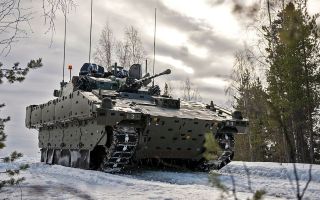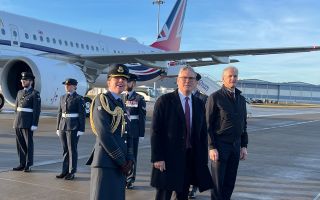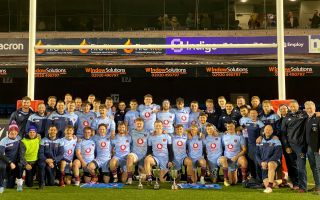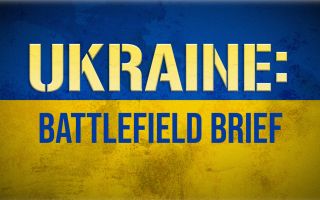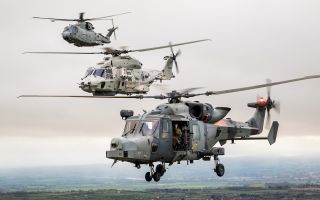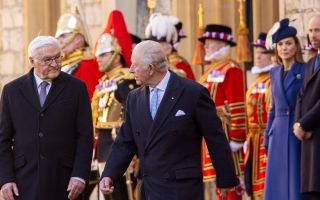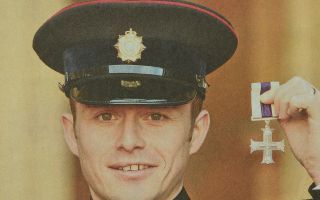RAF jets join Nato's largest deployment of aircraft since the Cold War
Royal Air Force fighter jets will be tested in one of Nato's largest air exercises since the Cold War.
Aircraft will include Typhoons from the RAF's 140 Expeditionary Air Wing (EAW), currently carrying out the Nato Baltic Air Policing mission in Estonia, and from 903 EAW, based at RAF Akrotiri in Cyprus.
Exercise Air Defender is a huge multinational manoeuvre – which will look to showcase the alliance's capabilities – centred over German airspace and involving 10,000 military personnel and 250 combat aircraft from 25 nations.
The exercise will be joined by 617 Squadron F-35Bs, operating from RAF Marham and also supported by an RAF Brize Norton-based Voyager to conduct air-to-air refuelling.
Air Marshal Sir Harvey Smith, the RAF's Air & Space Commander said: "The RAF is demonstrating its agility and flexibility to deploy personnel and air assets, including F-35, Voyager and Typhoon, from various UK and deployed locations.
"Air Defender is an excellent opportunity to showcase our ability to perform Agile Combat Employment deployments alongside our Nato allies, with 140 EAW and 83 EAG (Expeditionary Air Group) Typhoon fighters deploying from Amari airbase in Estonia and RAF Akrotiri in Cyprus.
"Our involvement in Nato's largest-ever air deployment exercise reinforces our collective preparedness to defend the entirety of the alliance."
He added: "It is also a prime opportunity for the RAF to learn from partner nations to improve our ability to contribute to multinational air operations."
According to the RAF, the aim of the exercise is to test Nato's collective aerial response to an attack on a member state and participants will be put through realistic live-flying opportunities that are designed to improve interoperability and co-operation among participating nations.
Squadron Leader Edward Owen, commanding the 140 EAW Detachment in Germany, said: "The exercise is the ultimate demonstration of the RAF's ability to take part in large-scale warfighting scenarios by deploying assets forward from several units, including from already deployed locations.
"This deployment of air assets is a clear message of the credible defence that our combined air power can present to any potential adversary.
"Our efforts to ensure the availability of our aircraft is testament to the skill and commitment of all the personnel involved in the preparation, execution, and sustainment phases of this exercise."
The exercise is being hosted and organised by the German Air Force and will also see the largest forward deployment of the US Air National Guard since the end of the Cold War, thereby making it the largest Nato exercise of its type since then.
This comes after reports that the exercise could cause travel chaos for holidaymakers across Europe.


